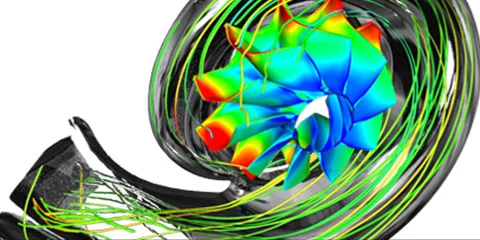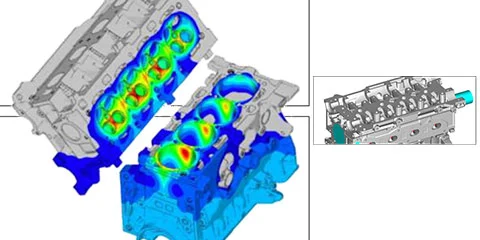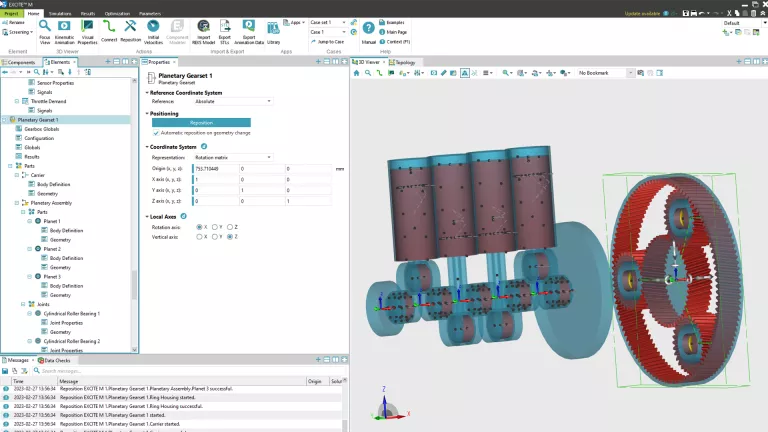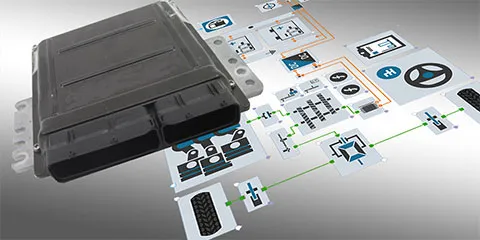
Multiphysics CFD software for powertrain development. Analyze single/multiphase flows, heat transfer, and solid-state temperatures.
Vendor
AVL
Company Website




AVL FIRE M is a comprehensive multiphysics computational fluid dynamics (CFD) software designed for detailed analysis of various engineering challenges. It excels in simulating single- and multiphase flows, reacting and non-reacting flows, heat transfer, and solid-state temperatures within single and multidomain systems. Primarily used for powertrain and component development, AVL FIRE™ M allows engineers to visualize flows around vehicles and objects, understand heat transfer dynamics between fluids and solids, and analyze temperature distributions in structures. It addresses the challenges of cost pressure, tight development timelines, increasing system complexity, and the need for accuracy without sacrificing speed. With unique preprocessing, solver, and post-processing capabilities, the software supports any computational mesh type and offers state-of-the-art turbulence modeling. Solution apps provide guided workflows, enabling users to create complex simulations quickly. The Embedded Body Method simplifies handling geometrically complex bodies at fluid-solid interfaces. This empowers data-driven decision-making.
Features:
- Multiphysics CFD Simulation: Analyze single/multiphase flows, heat transfer, and solid-state temperatures.
- Embedded Body Method: Simplifies handling of geometrically complex bodies at fluid-solid interfaces.
- Solution Apps: Guided workflows and templates for rapid creation of complex applications.
- State-of-the-Art Turbulence Modeling: Accounts for the complexity of real-world flows.
- Grid-Independent Heat Transfer Modeling: Enables accurate calculation of single-phase and multiphase flows.
- E-Motor Cooling App: Guided workflow for solving oil spray cooling tasks.
- Thermal Runaway Simulation: Analyze thermal runaway and propagation in battery systems.
- Fuel Cell Degradation Modeling: Study chemical degradation mechanisms in PEM fuel cells.